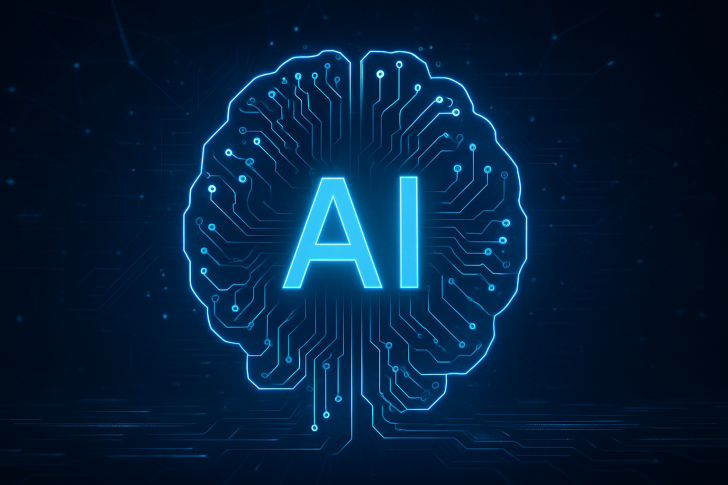The generative AI boom is reshaping corporate spending patterns across the tech industry. Four companies - Google, Meta, Amazon, and Microsoft - now account for nearly 30% of total S&P 500 capital expenditures, pouring a combined $291.3 billion into AI infrastructure. This massive investment wave signals a fundamental shift in how tech giants are positioning themselves for the AI-driven future.
CapEx Hits Unprecedented Territory
The Bengaluru trader recently drew attention to this trend, noting the explosive scale of AI-related spending.
Bank of America Global Research data reveals that AI hyperscalers ramped up their CapEx to 72% of operating cash flow in Q2 2025 - the highest proportion in over a decade. The surge, which began accelerating in 2023, reflects aggressive expansion of data centers, semiconductor purchases, and the foundational infrastructure needed to power generative AI at scale.
The Forces Behind the Spending Spree
The major cloud and AI providers - Microsoft, Google, Meta, Amazon, and Oracle - are locked in an arms race to dominate the AI economy. This involves training massive language models, deploying cutting-edge AI applications, and building out GPU and accelerator capacity. Companies are scrambling to secure chips like NVIDIA GPUs and custom silicon, while simultaneously expanding their global data center footprint to handle surging enterprise demand. By reinvesting such a huge chunk of their cash flow, these hyperscalers are cementing their position at the center of the AI revolution and defending against rising competition not just from each other, but from China and other global players.
What Comes Next
As hyperscaler CapEx hovers around record levels, two key questions loom large. First, can AI service revenue grow fast enough to justify these enormous capital outlays? Second, what happens if this intensity persists - will it fundamentally reshape semiconductor supply chains, alter cloud pricing models, and redefine the long-term economics of AI? Investors and industry watchers are paying close attention to these dynamics as they unfold.
 Usman Salis
Usman Salis

 Usman Salis
Usman Salis


